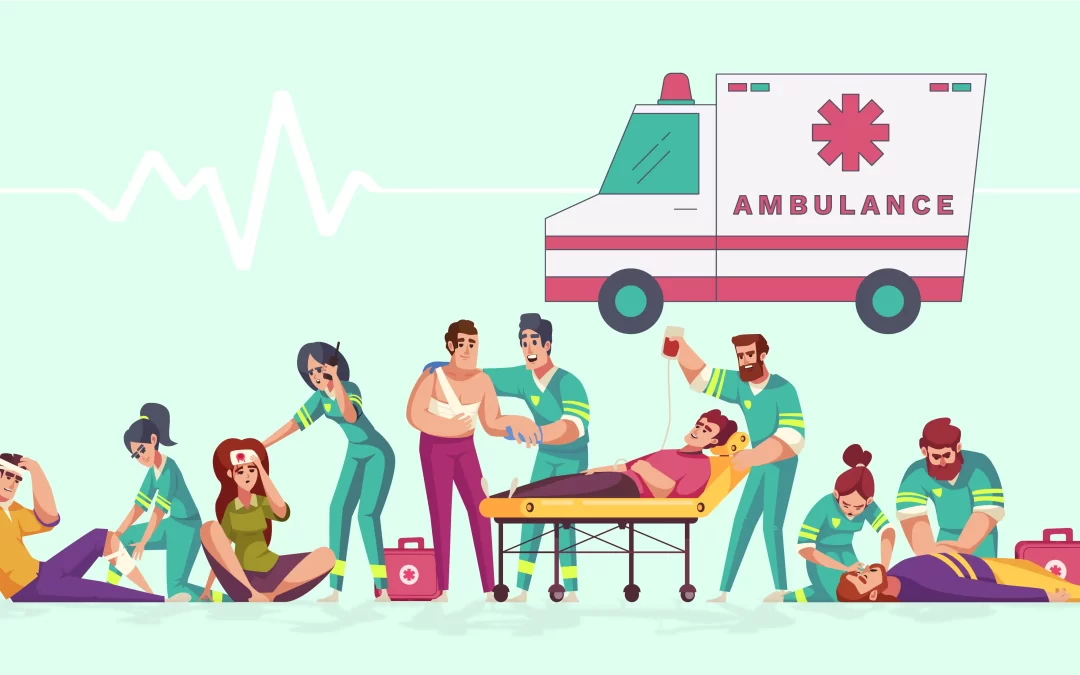What You Don’t Know Could Hurt Someone
First aid is a crucial skill that can save lives in emergency situations. However, there are many myths surrounding first aid practices that can lead to incorrect interventions and potentially harmful outcomes. We will debunk 10 common first aid myths to ensure you have accurate information when providing aid to those in need.
Myth #1: You should rub butter on a burn
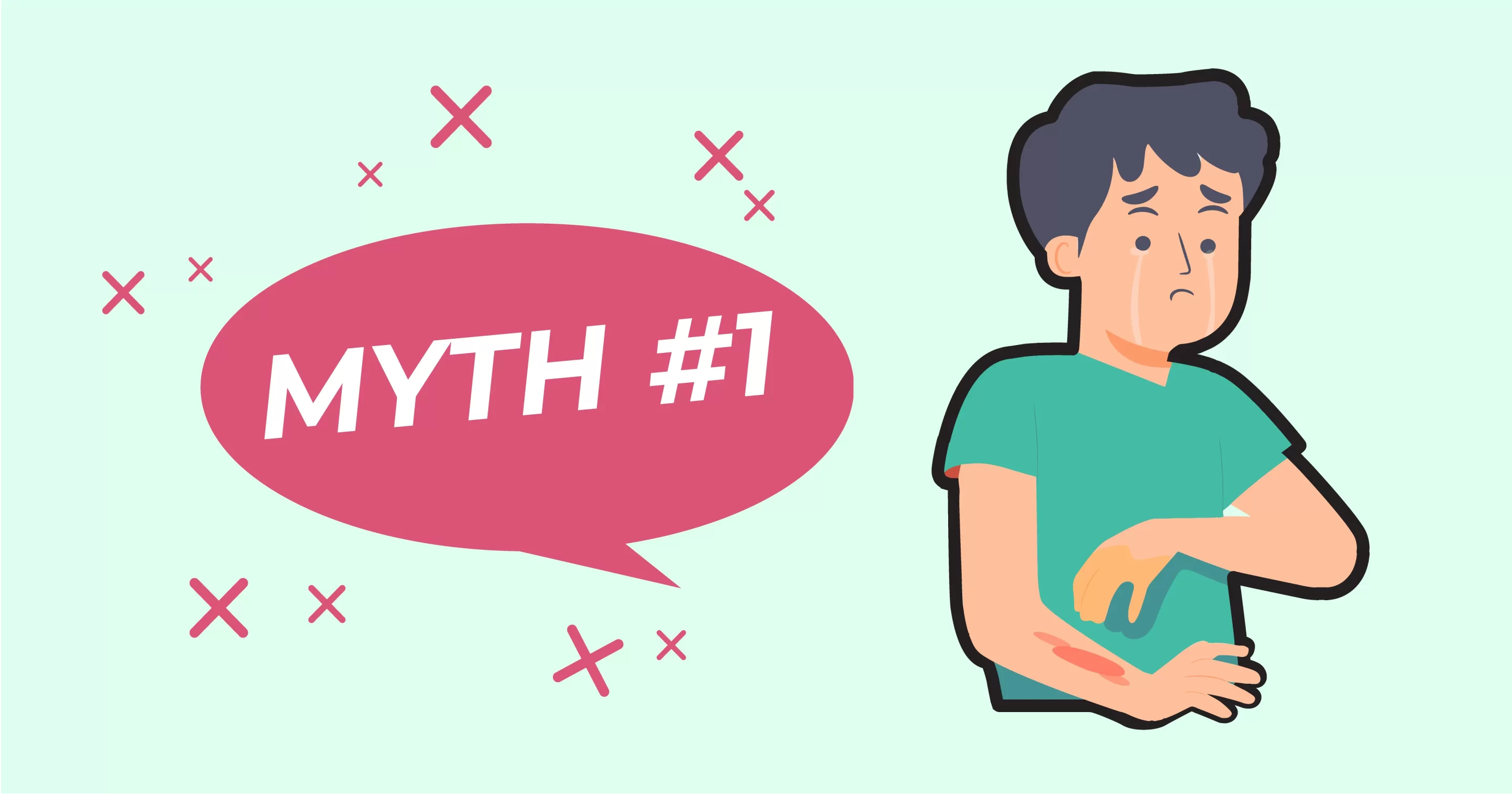
Many believe that butter can cool and soothe burns, but applying butter can do more harm than good. This myth likely originates from the misconception that butter forms a protective barrier on the skin. However, butter can trap heat in the skin, worsening the burn and increasing the risk of infection by introducing bacteria into the wound.
For proper burn care, it’s essential to immediately run cool (not cold) water over the affected area for at least 10 minutes to alleviate pain and reduce inflammation. Covering the burn with a sterile bandage or clean cloth helps protect it from further damage and promotes healing. These simple steps are crucial in managing burns effectively and preventing complications.
Myth #2: Tilting your head back during a nosebleed
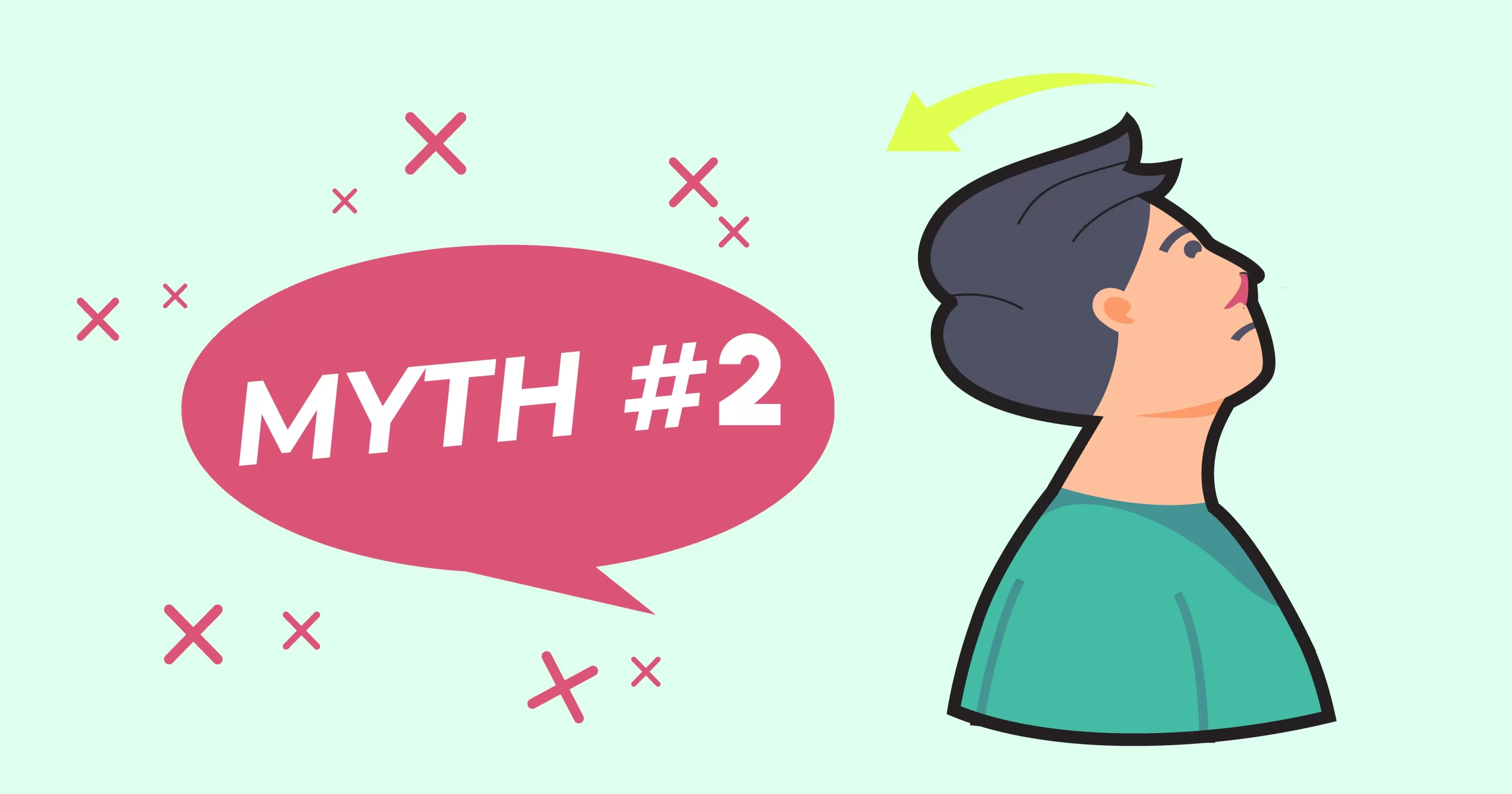
Tilting the head back during a nosebleed was previously thought to prevent blood from flowing down the throat. However, this can cause blood to enter the stomach and lead to nausea or vomiting.
Tilting the head back can also cause blood to trickle into the nasal cavity, leading to further irritation and prolonging the nosebleed.
The correct way to manage a nosebleed is to lean forward slightly and pinch the soft part of the nose for 10-15 minutes. This helps to apply pressure and stop the bleeding.
Myth #3: Using tourniquet for snake bites
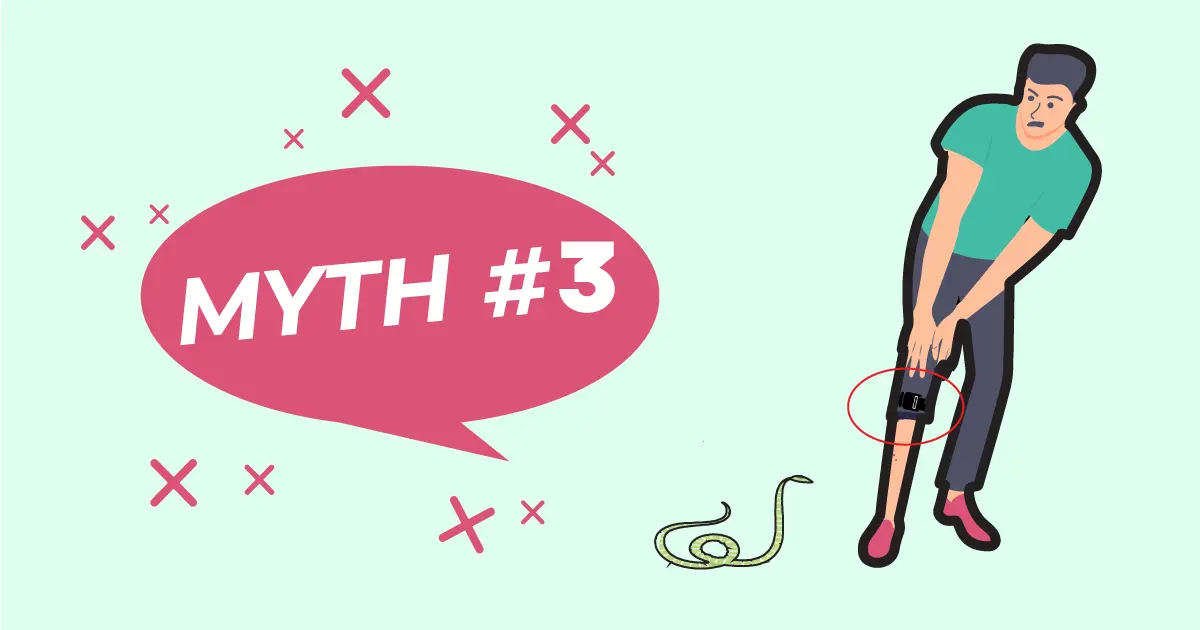
Tourniquets were previously thought to stop the spread of venom in the body, but they can actually cause more harm by cutting off blood supply.
Tourniquets can lead to tissue damage, amputation, or even death in cases of snake bites. It is crucial to avoid using tourniquets.
Instead of a tourniquet, keep the person still, the affected limb immobilised and apply a compression bandage firmly over the entire bitten limb, starting from the fingers or toes, to the armpits or groin. Seek medical help immediately for antivenom treatment.
Myth #4: Putting a spoon in the mouth during a seizure
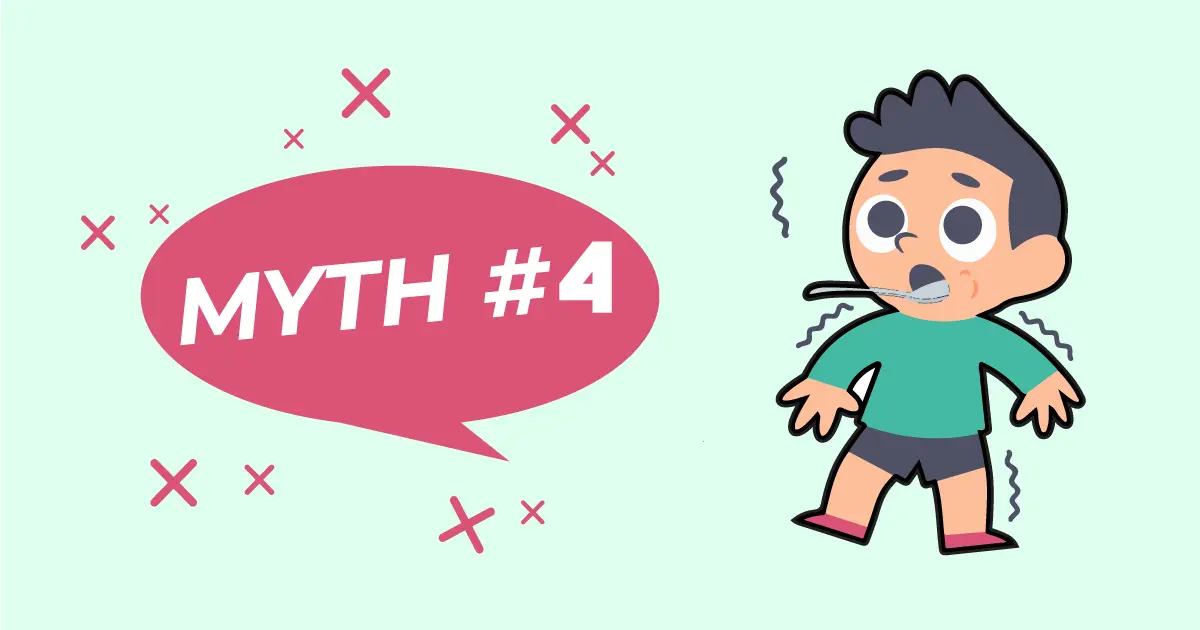
The myth of putting a spoon in the mouth during a seizure was believed to prevent the person from swallowing their tongue. But, this just isn’t not possible, and it can cause more harm.
Placing anything in the mouth during a seizure can result in broken teeth, choking, or injury to the jaw. Simply let the seizure run its course.
Clear the area around the person, cushion their head, and turn them onto their side to prevent choking. Stay with them until the seizure ends.
Myth #5: Letting a person sleep after hitting their head
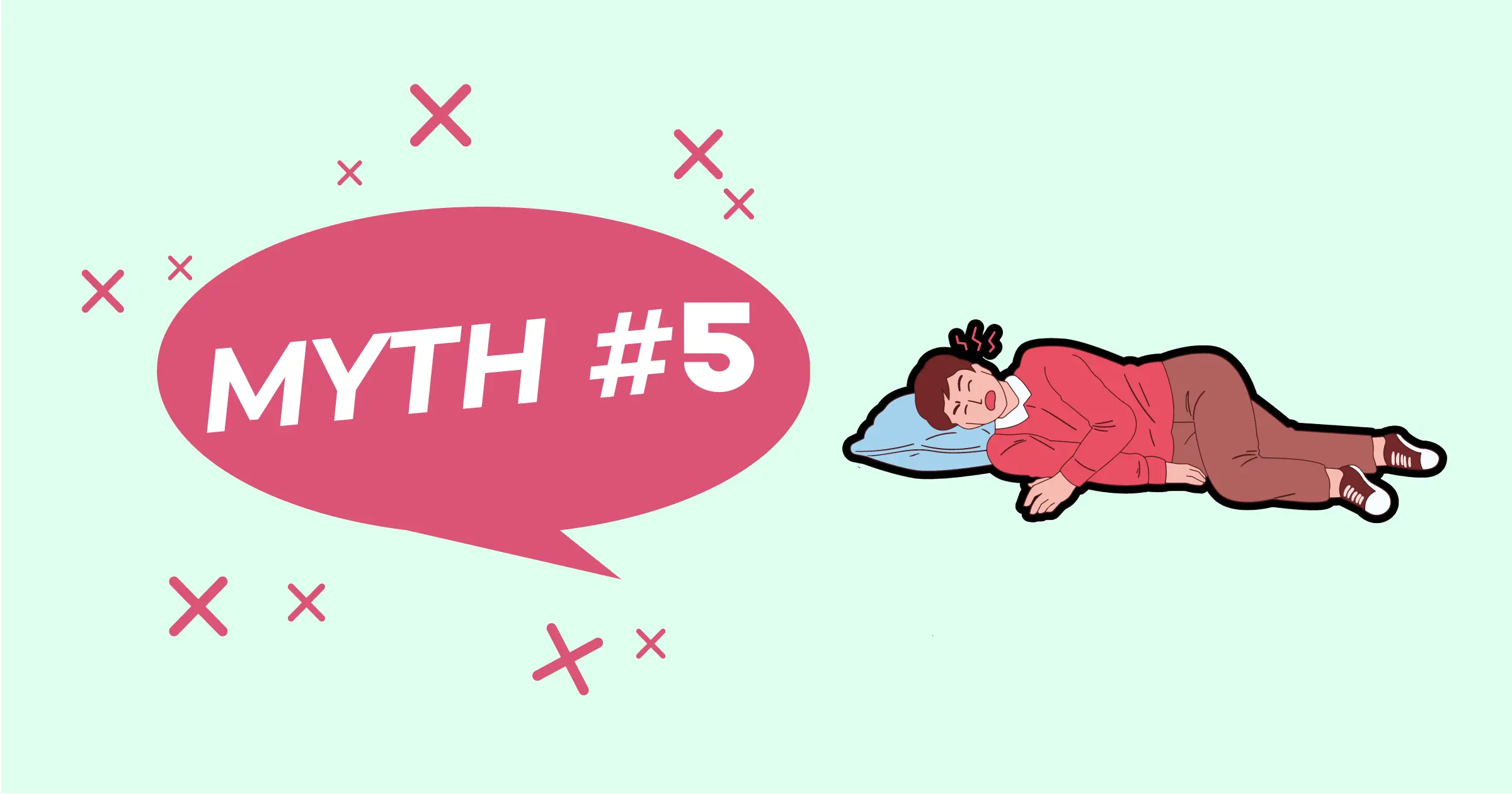
Many believe that you shouldn’t let a person sleep after a head injury, but it is not dangerous and can actually help with recovery.
It is crucial to monitor the person for symptoms such as confusion, vomiting, or loss of consciousness after a head injury, especially children, so it is suggested to gently wake them every 30 minutes or so to check on their condition.
Seek medical attention if there are concerning symptoms and prevent them from continuing sport or similar activities.
Myth #6: Sucking out venom from a snake bite
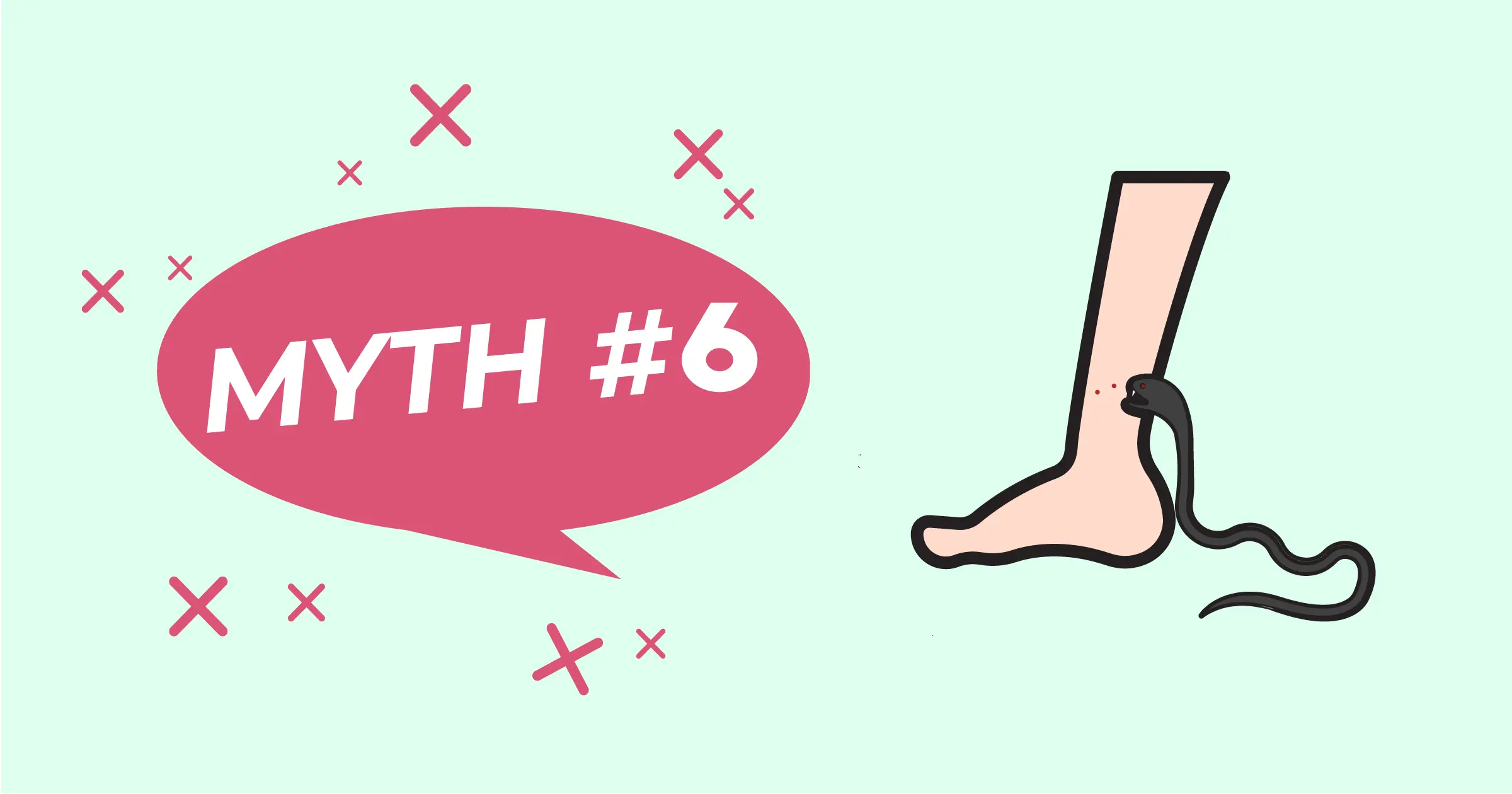
The myth of sucking out venom from a snake bite was believed to remove the toxin, but this can introduce bacteria to the wound and cause further harm. Human suction can lead to infection, worsen tissue damage, and delay proper treatment. It is ineffective and should be avoided.
As above, call an ambulance, keep the person and affected limb still and apply a compression bandage firmly over the entire bitten limb, starting from the fingers or toes, to the armpits or groin.
Myth #7: Applying ice to a sprain without protection
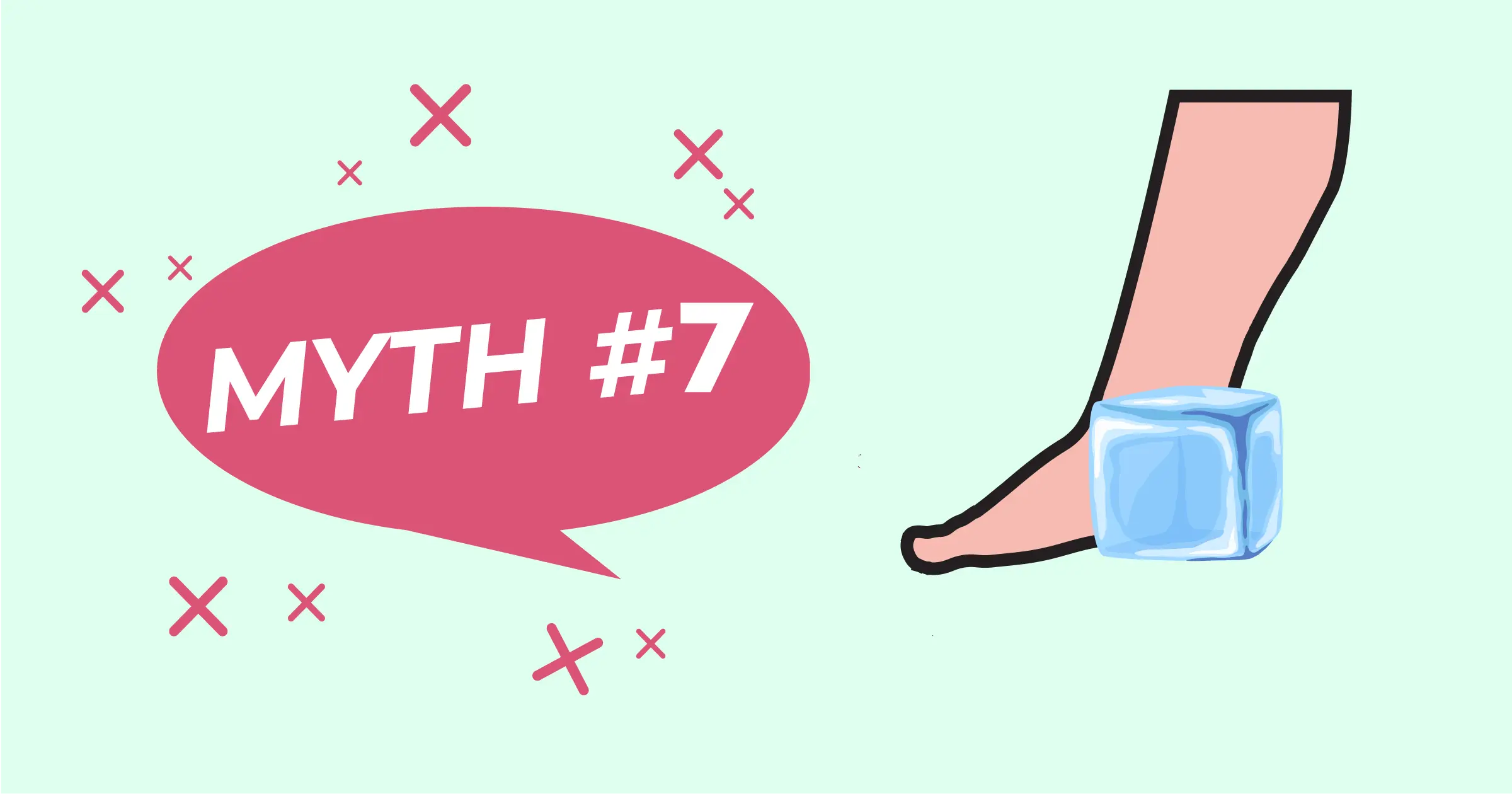
Directly applying ice to a sprain is thought to reduce swelling and pain, but it can actually lead to tissue damage.
Ice applied directly to the skin can cause cold burns and impair circulation in the affected area, delaying healing and recovery.
Use a cold pack or ice wrapped in a dry cloth to apply to the sprain for 10-15 minutes at a time. Allow the skin to warm up between applications to prevent damage.
Myth #8: Removing a foreign object embedded in the skin
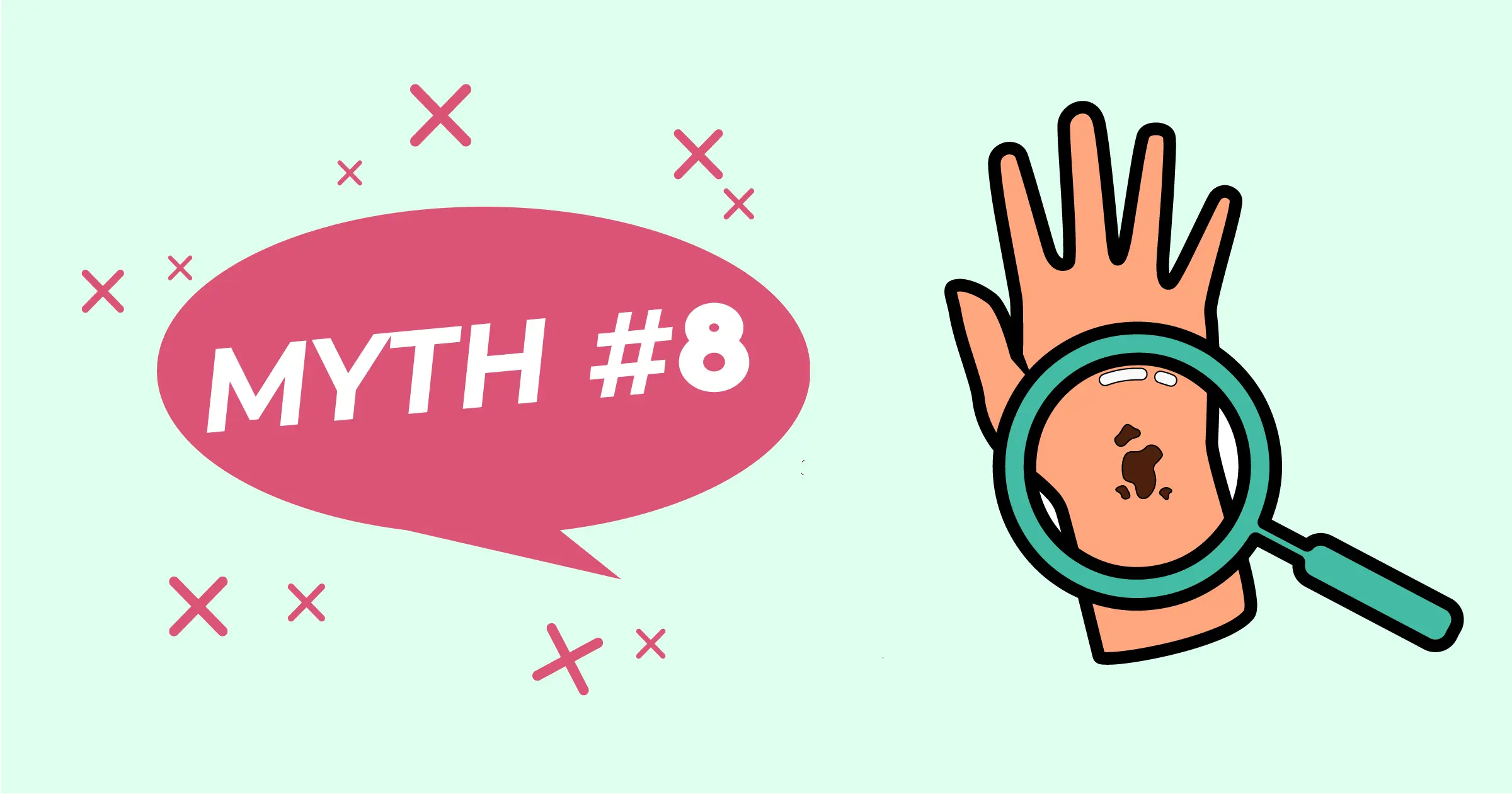
Trying to remove a foreign object embedded in the skin can cause more damage, increase bleeding and the risk of infection, or even push the object deeper into the tissue.
It is crucial to seek medical help for safe extraction.
Leave the object in place unless it is impeding breathing or causing a significant risk. Cover the area with sterile dressing and seek medical help promptly.
Myth #9: Lifting the legs of someone having a stroke
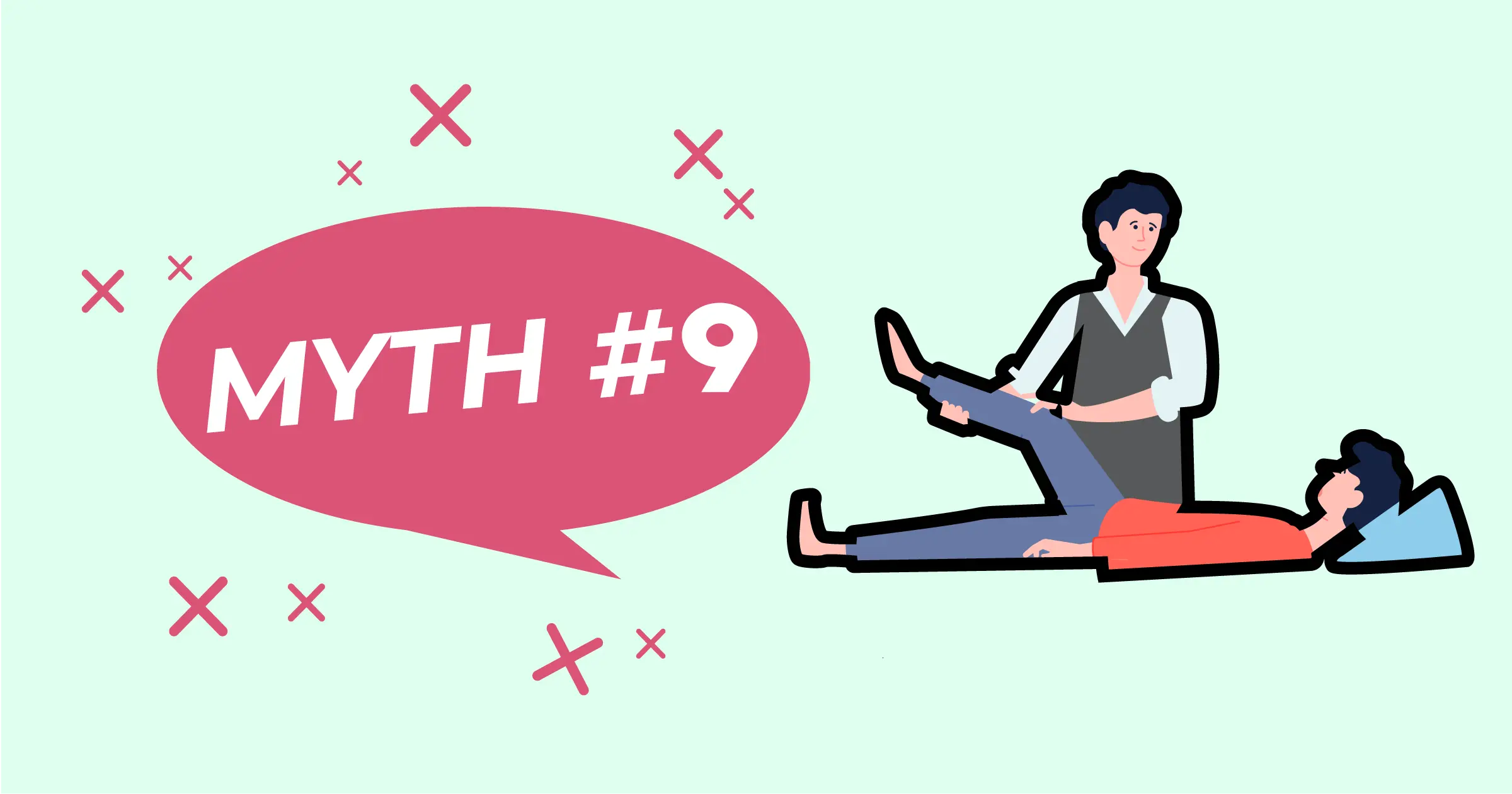
Lifting the legs of someone having a stroke was believed to improve blood flow to the brain, but this can actually worsen the condition and increase the risk of complications.
Moving someone having a stroke can lead to injury, dislodging blood clots, or causing a fall. It is essential to keep the person still and call for emergency medical assistance.
Keep the person comfortable and supported in a safe position, monitor their vital signs, and seek immediate medical help for prompt treatment.
Myth #10: You can be sued for providing first aid
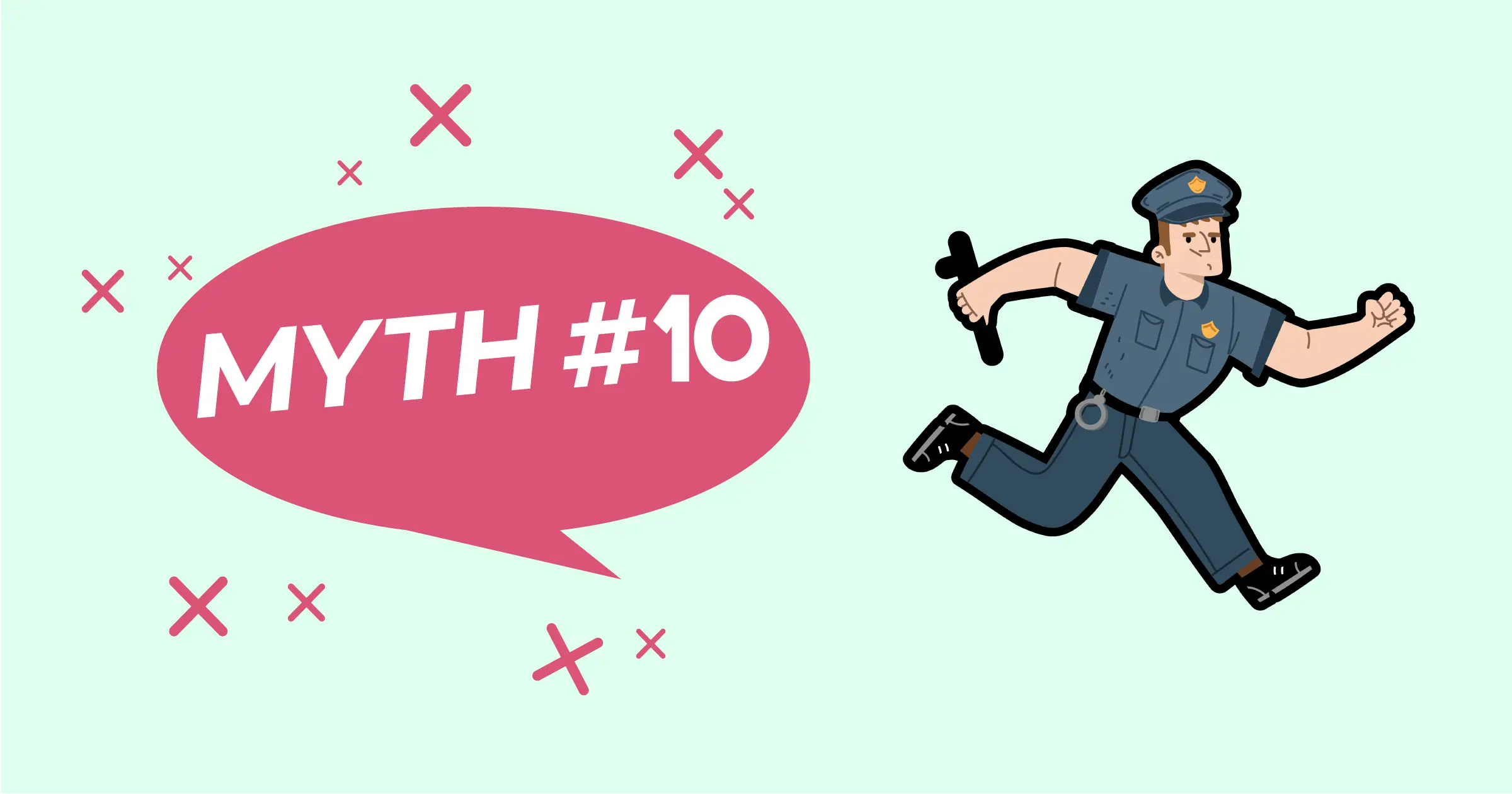
Some people can be hesitant to assist another person in need of first aid, because they fear they could do something wrong and be liable.
Thankfully, in Australia, the Good Samaritan Act protects individuals who provide first aid in good faith and without expectation of reward.
As long as you act reasonably and within your skill level, you are shielded from liability. So, don’t hesitate to help – the law is on your side!
Conclusion
It is essential to debunk common first aid myths to ensure the safety and well-being of individuals in need. By understanding the correct first aid practices and dispelling misconceptions, you can be better prepared to provide effective assistance in emergency situations. Remember, accurate knowledge is key to saving lives.
Where can individuals receive reliable first aid training?
Remember, when it comes to first aid, knowing the facts can make all the difference. Stay informed and stay safe with Team First Aid—your trusted partner in emergency preparedness. Visit us today to learn more about our comprehensive first aid training and resources!

